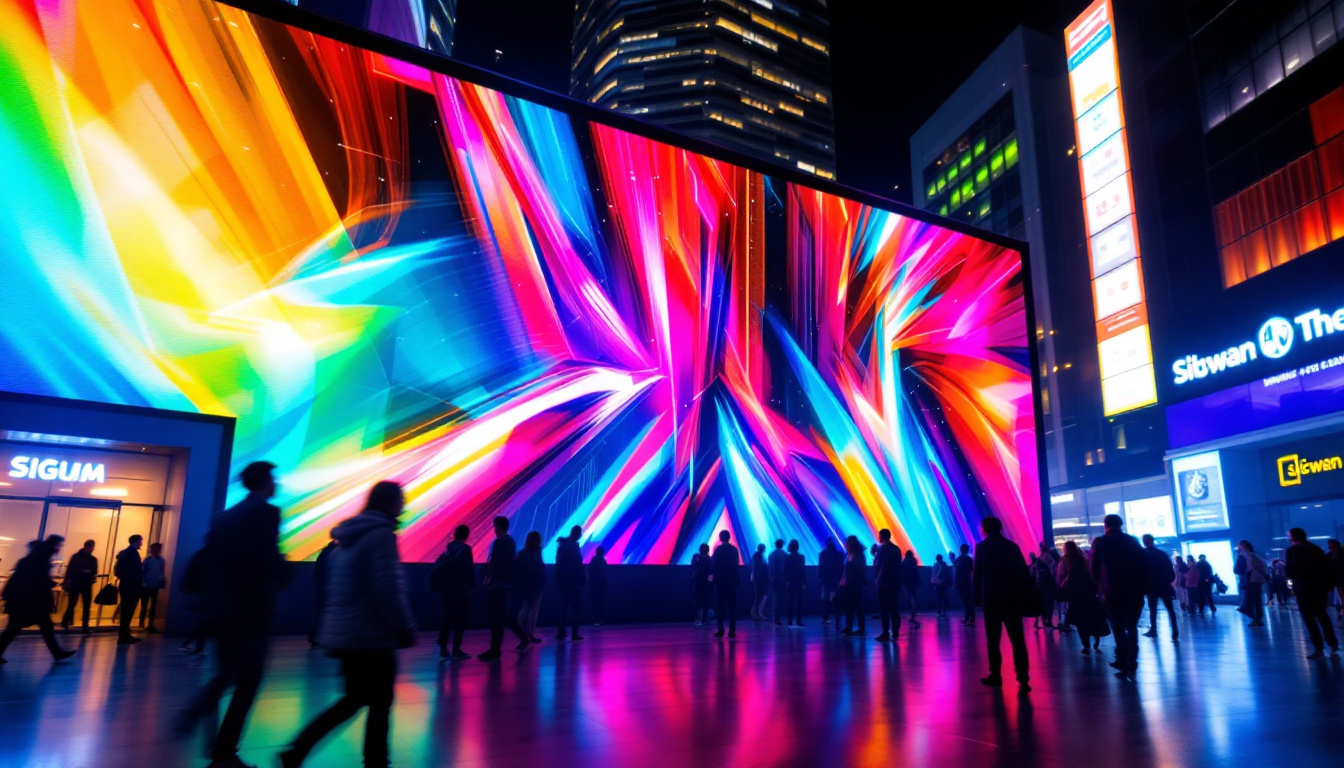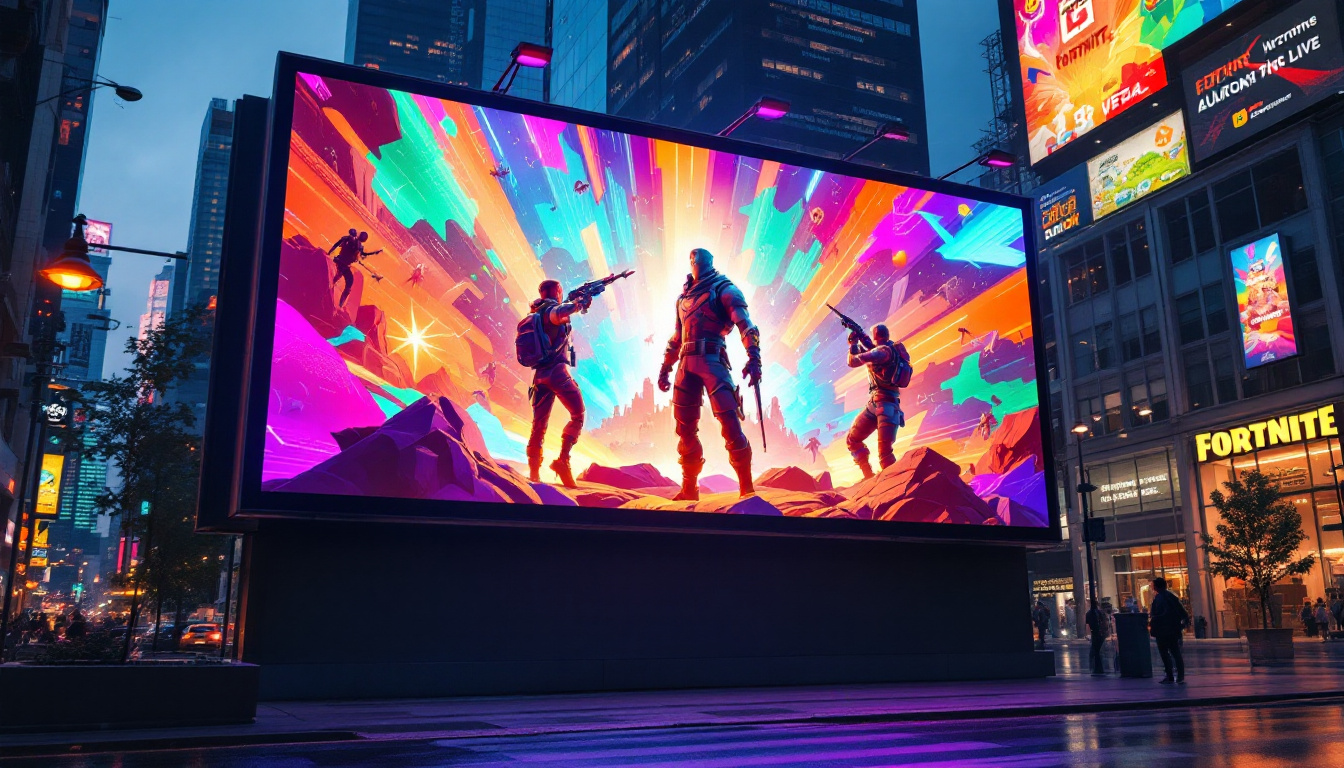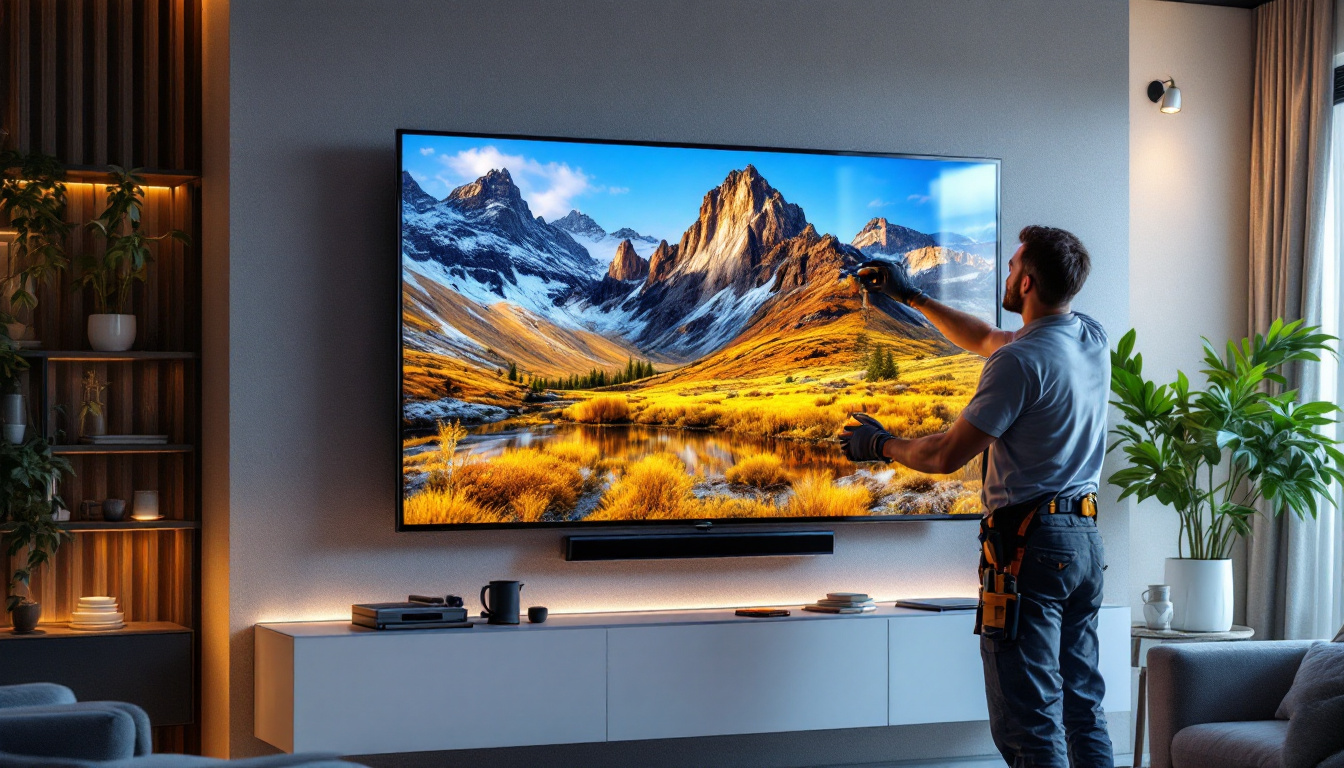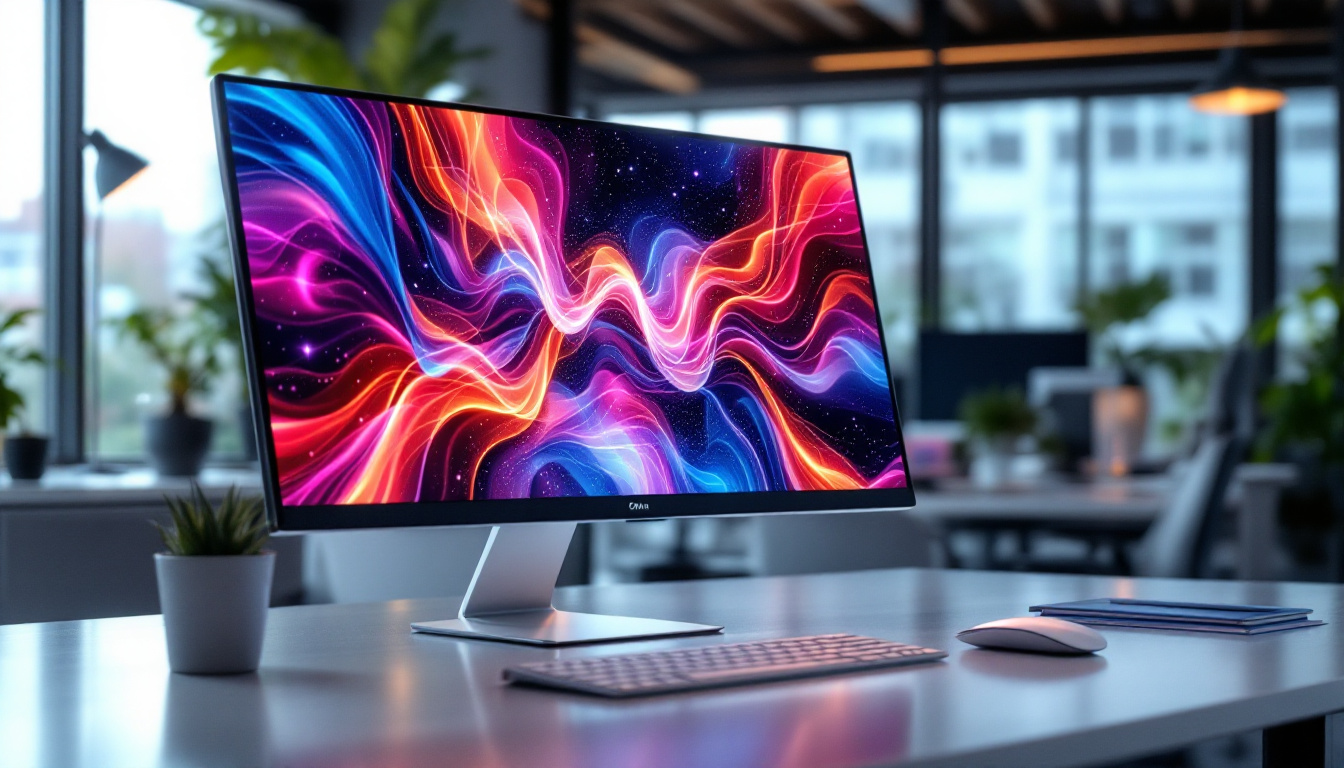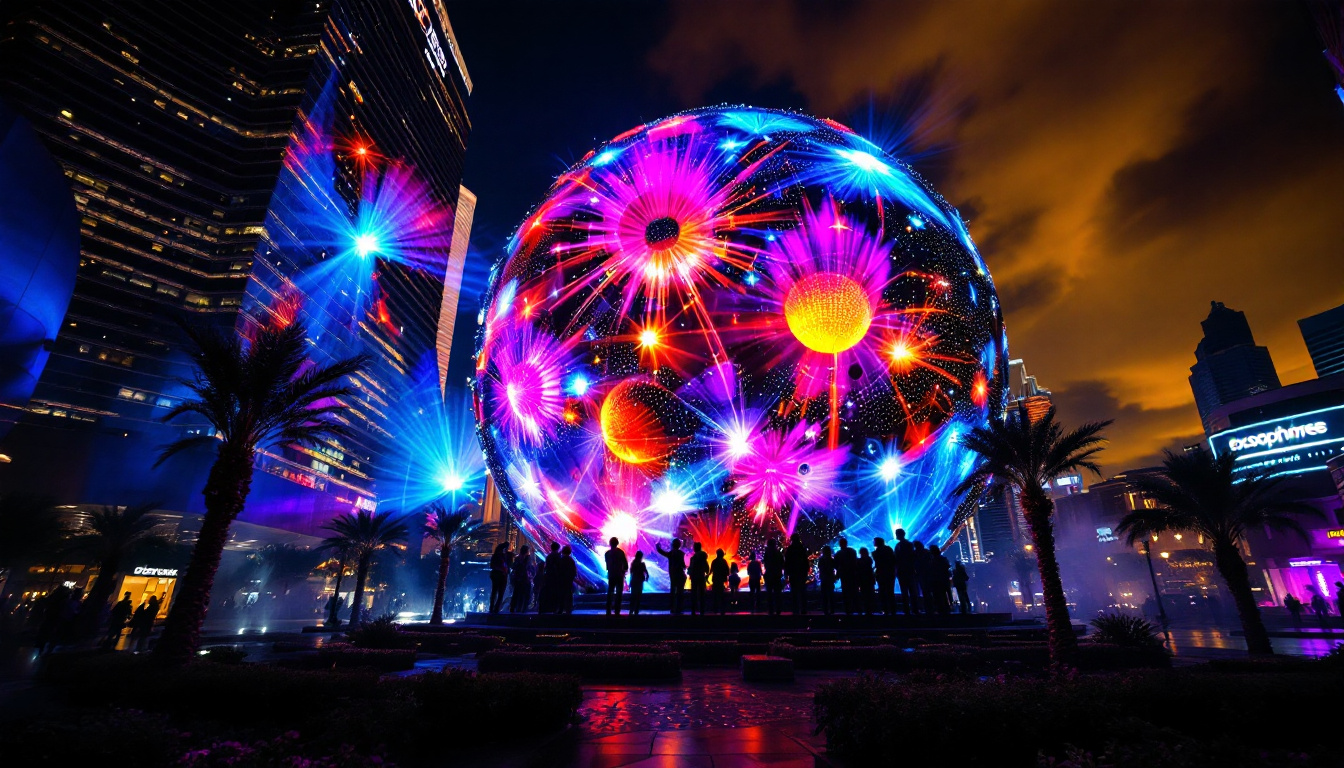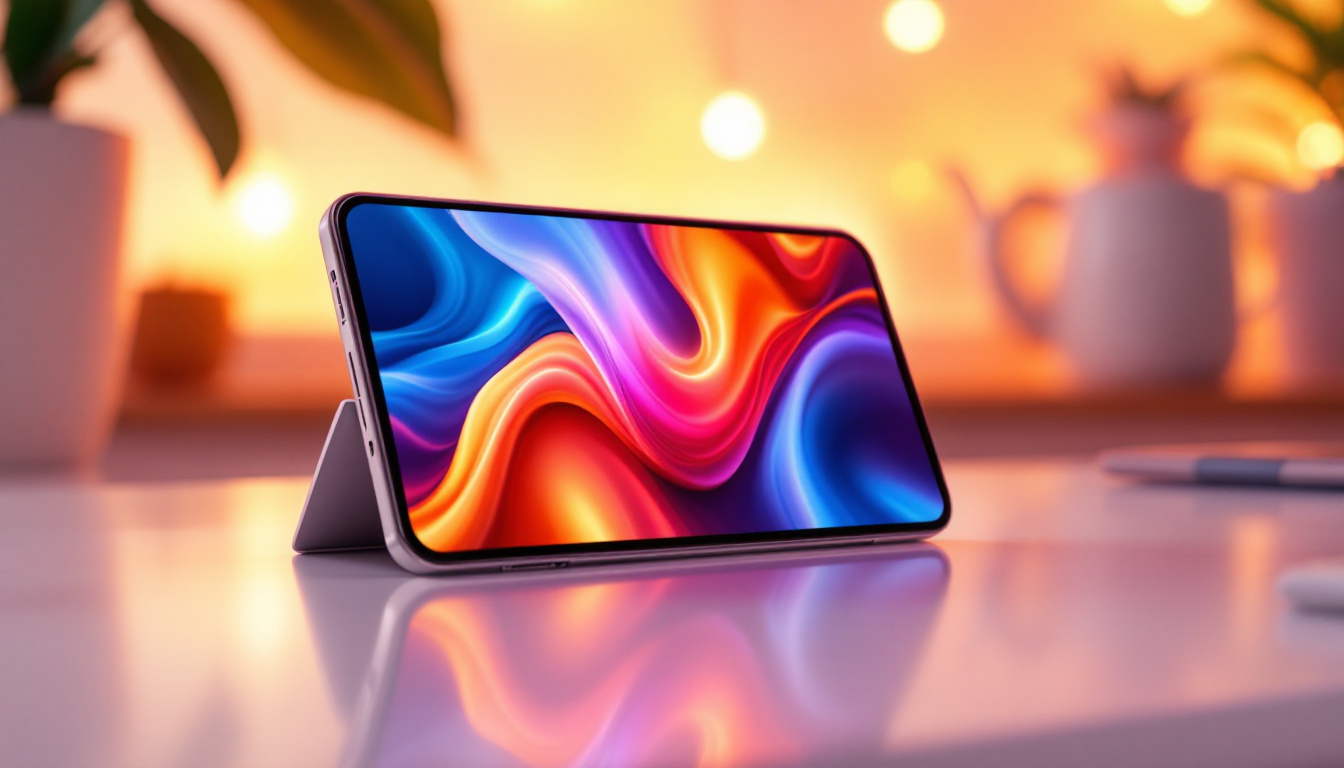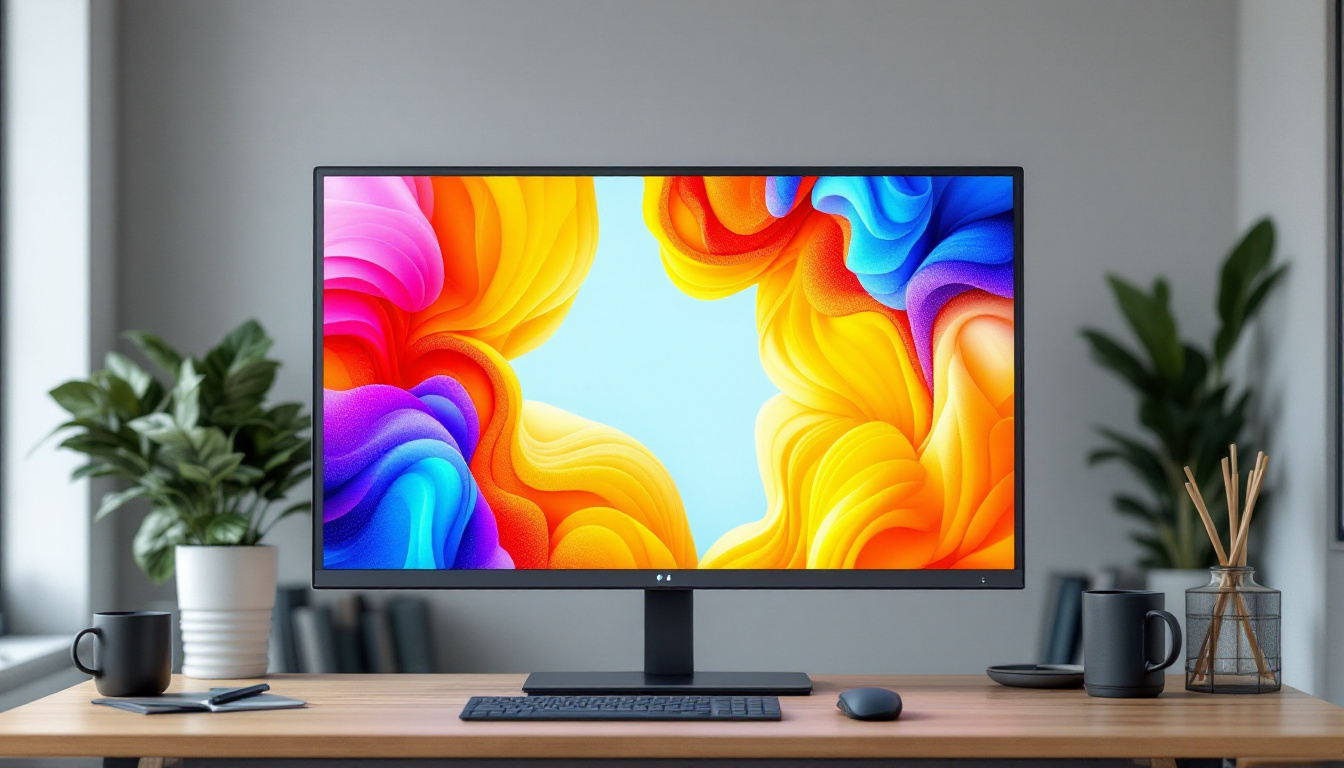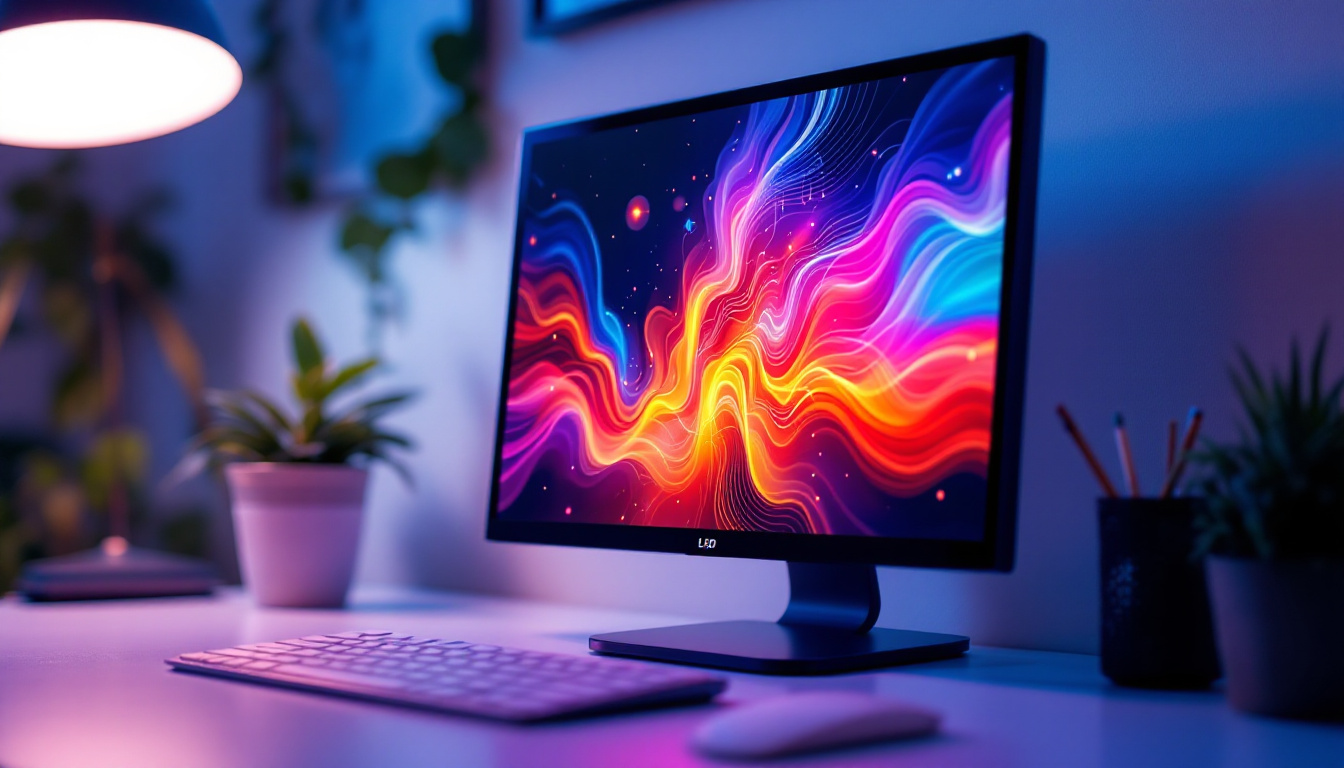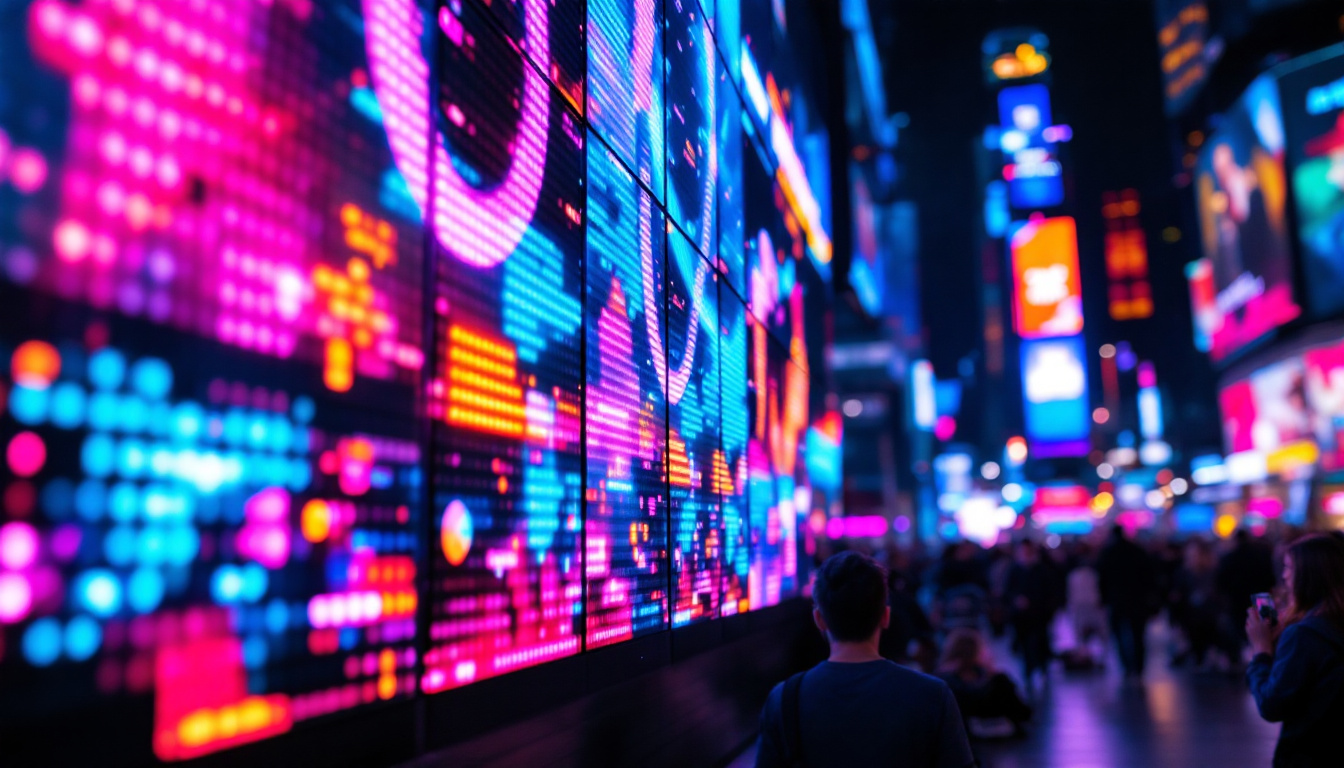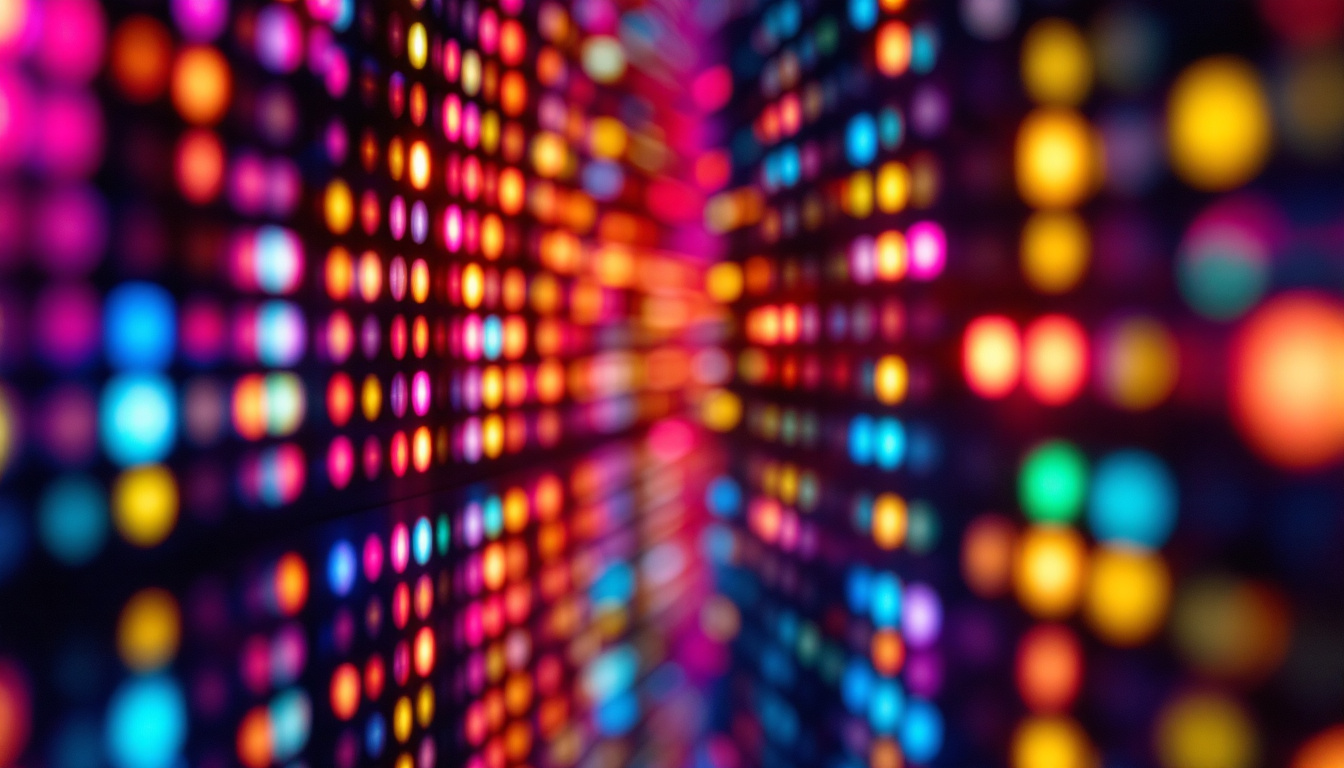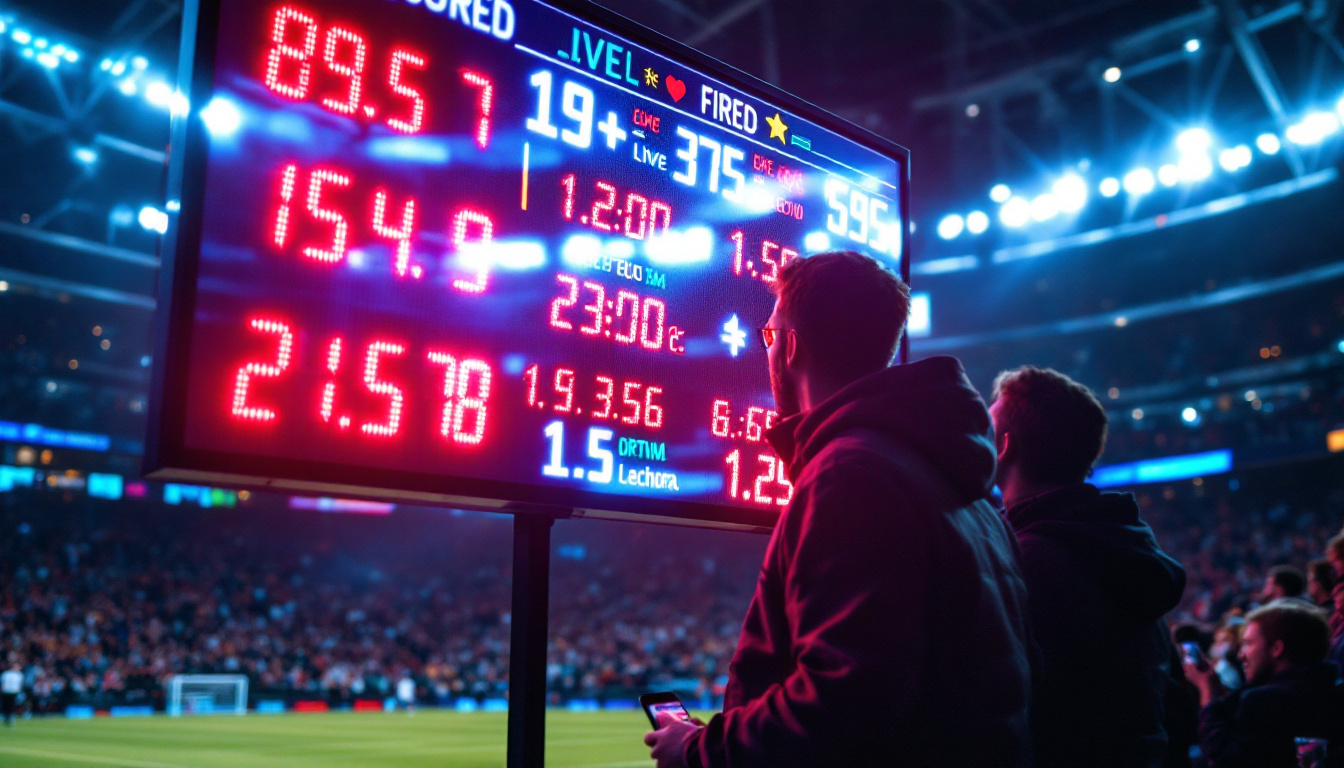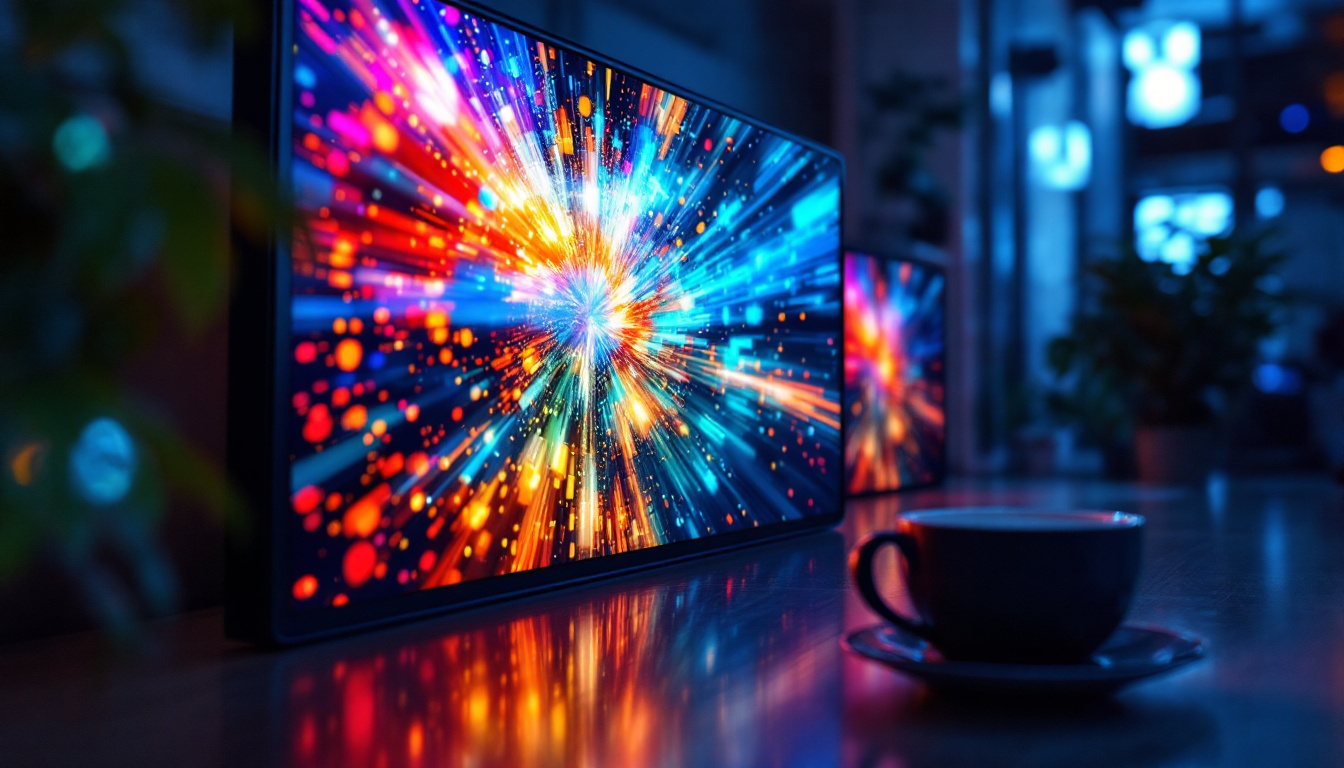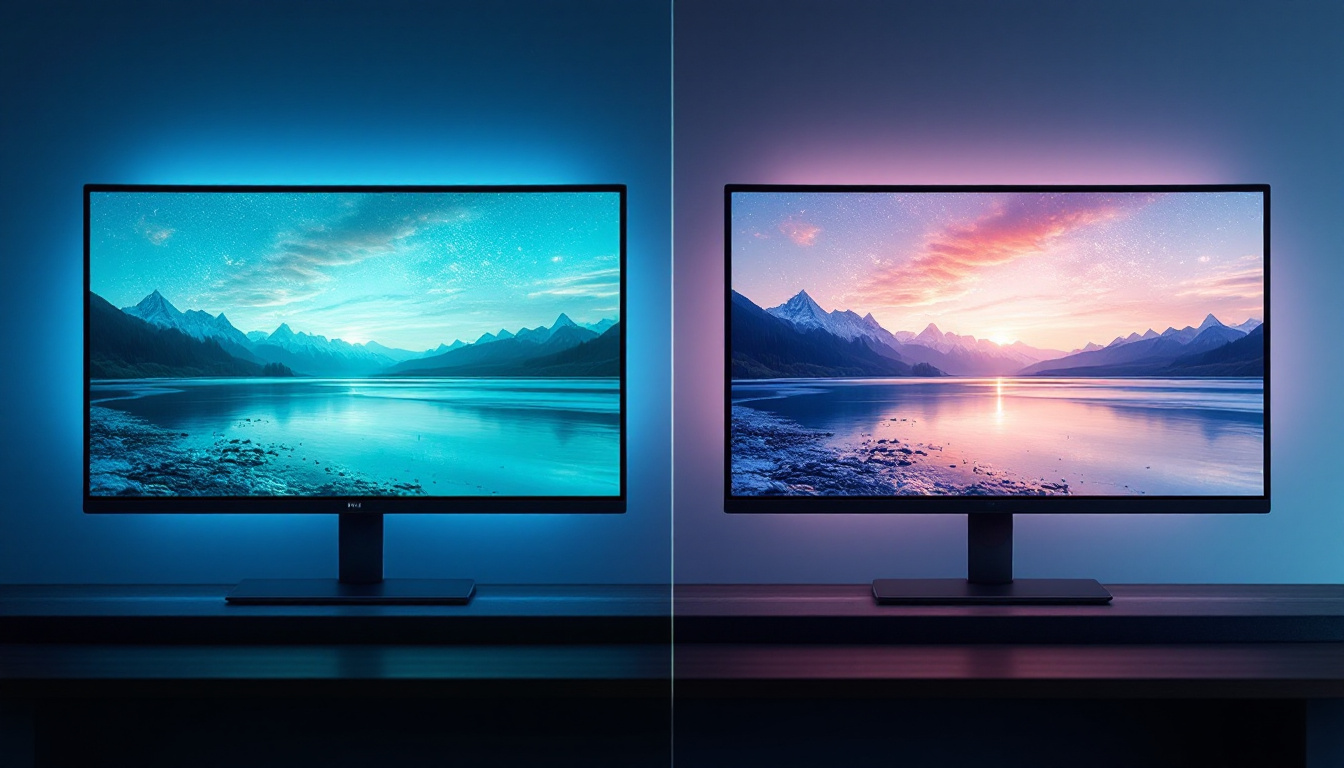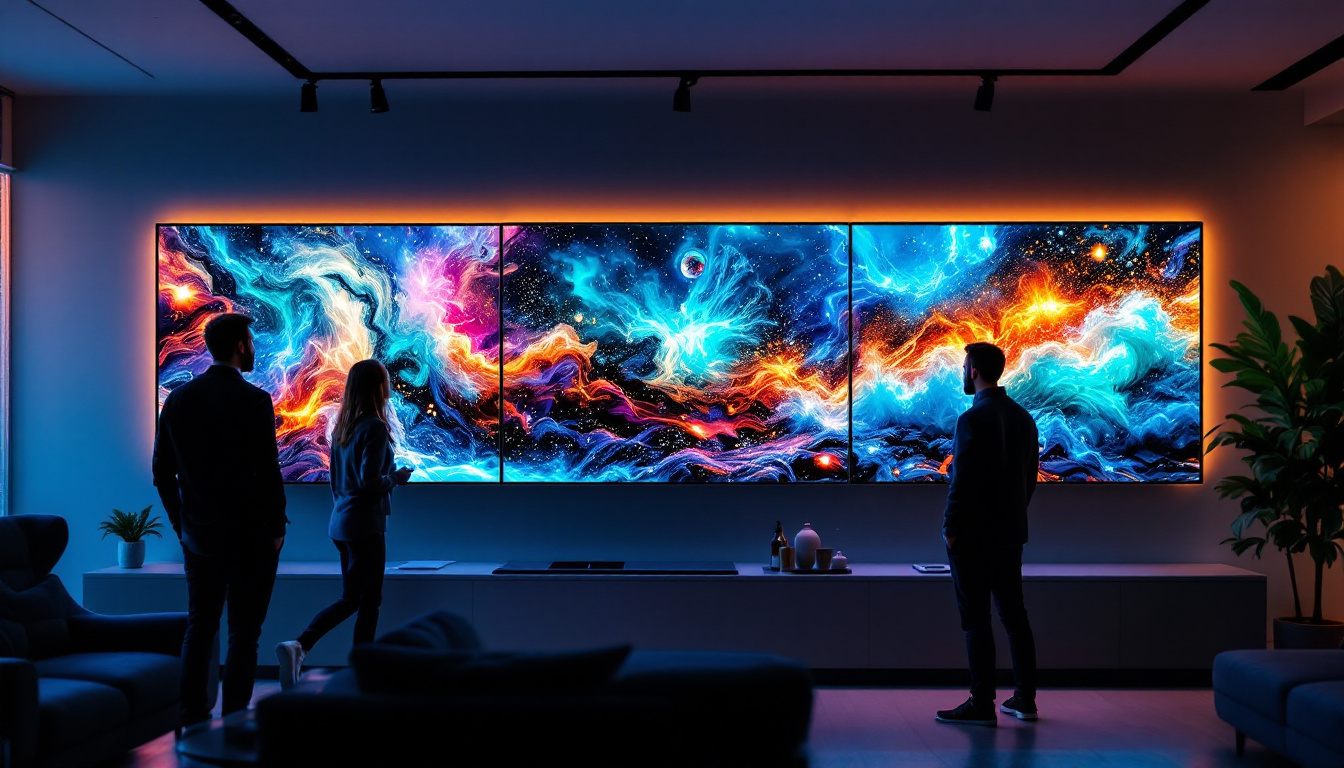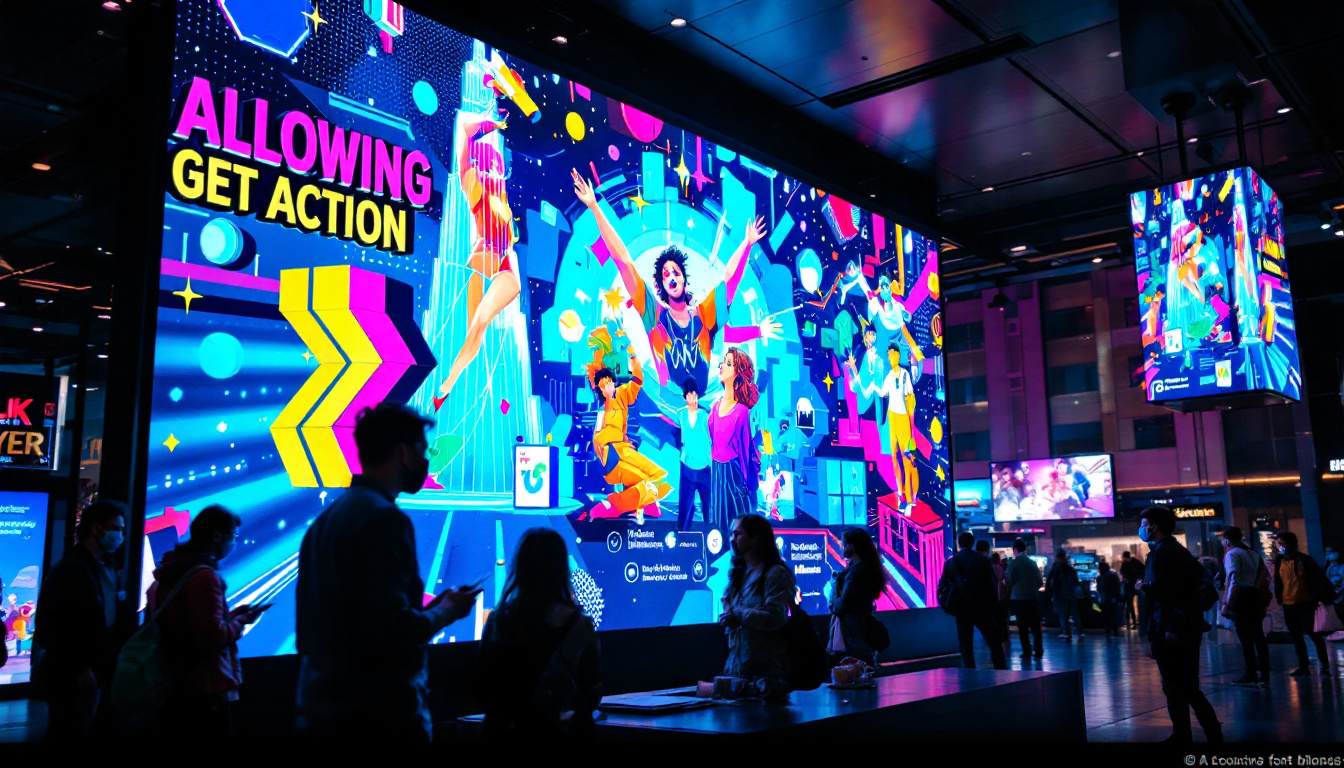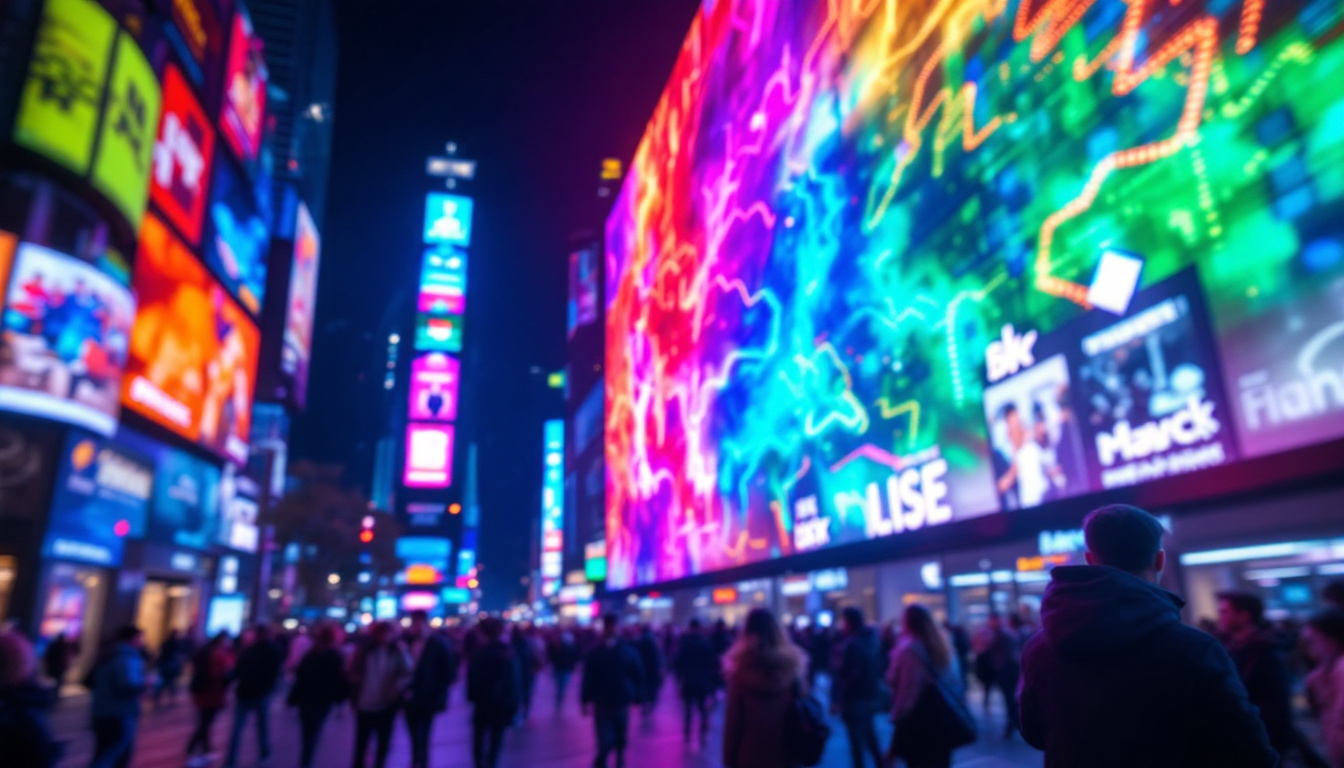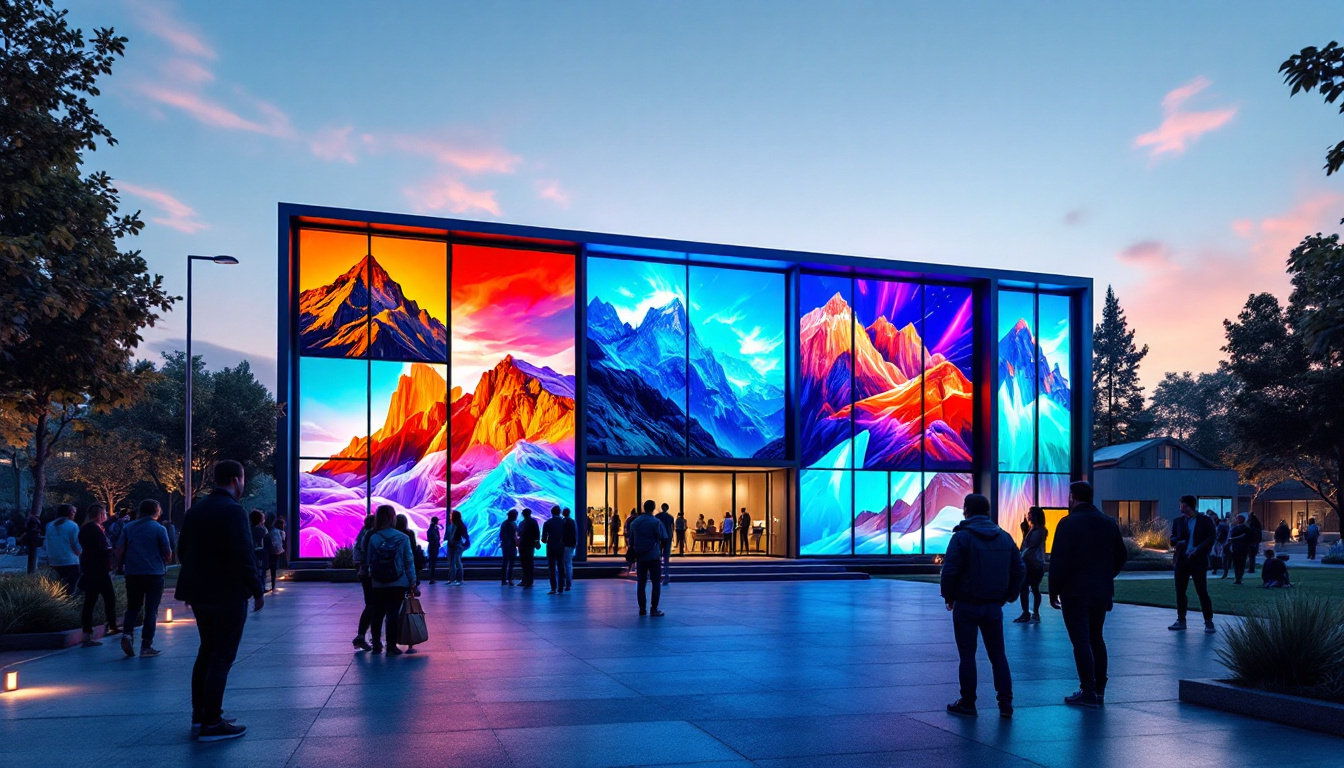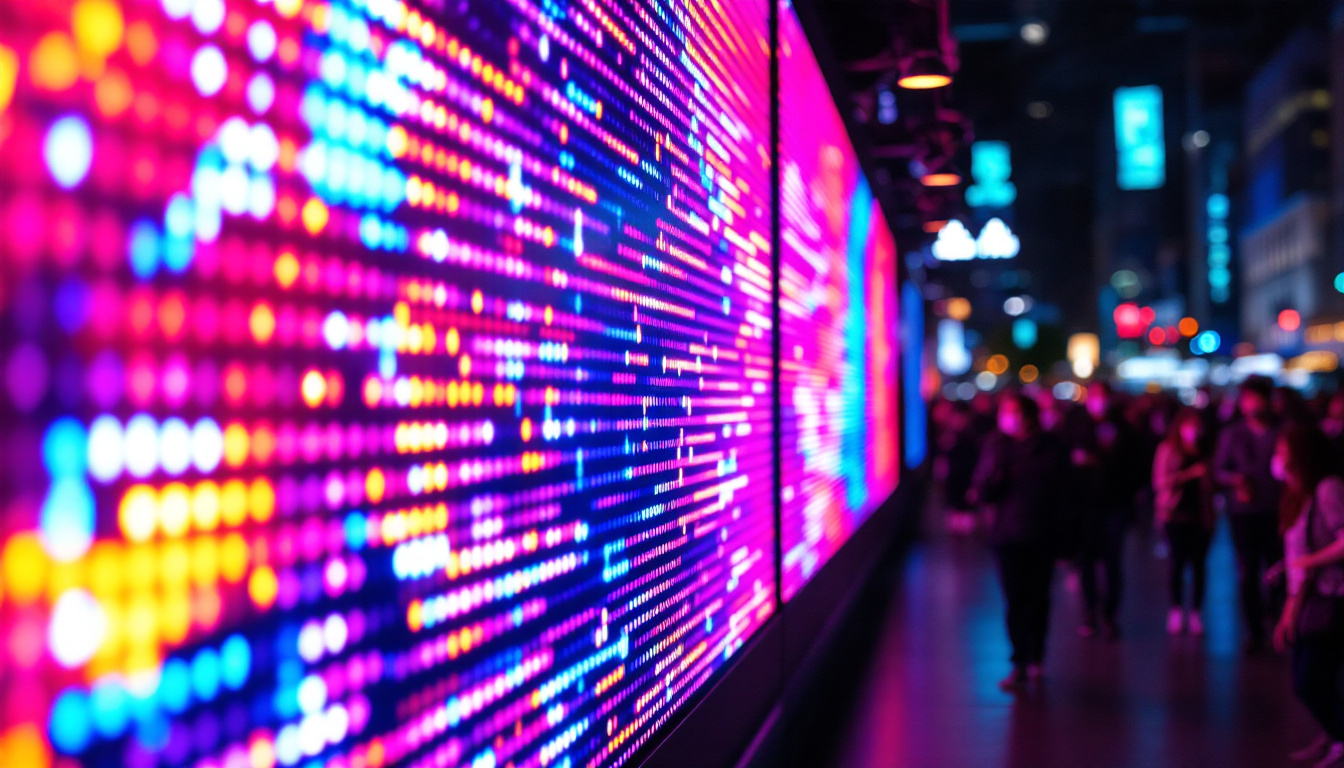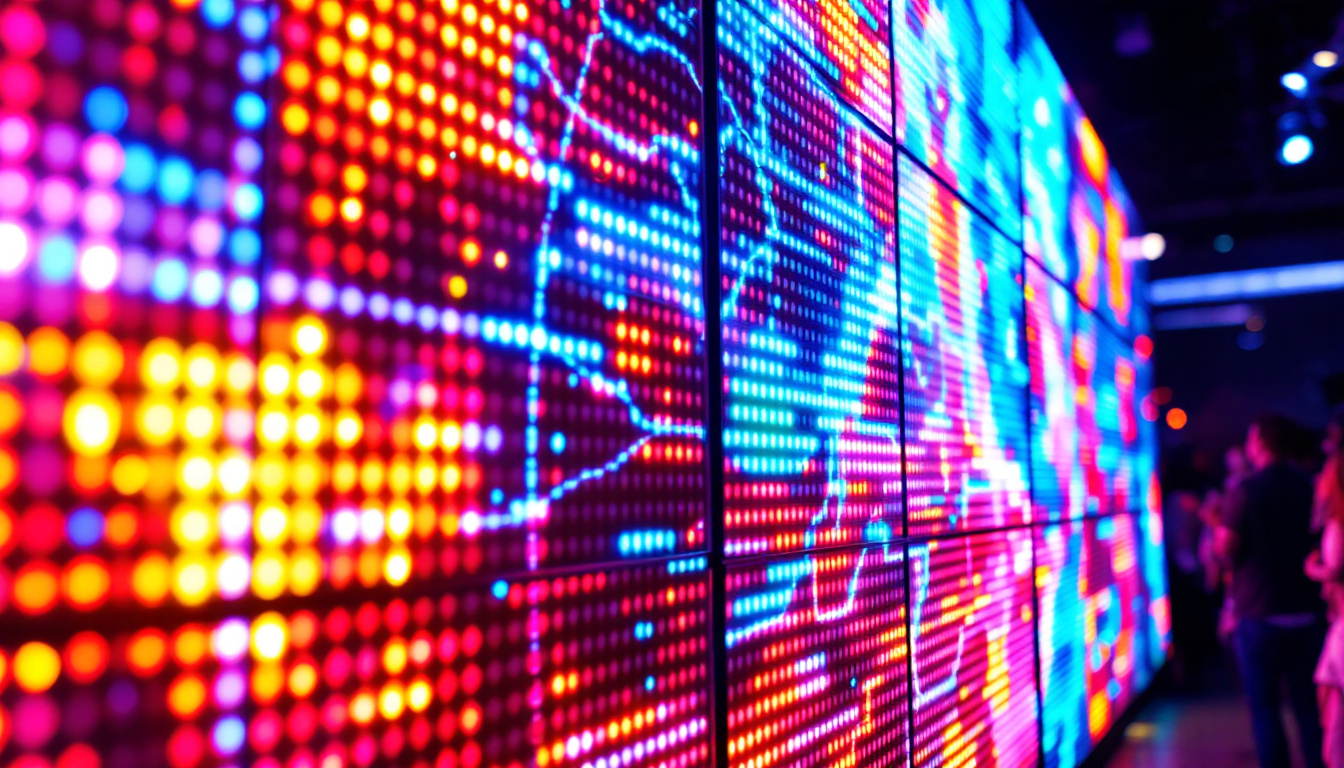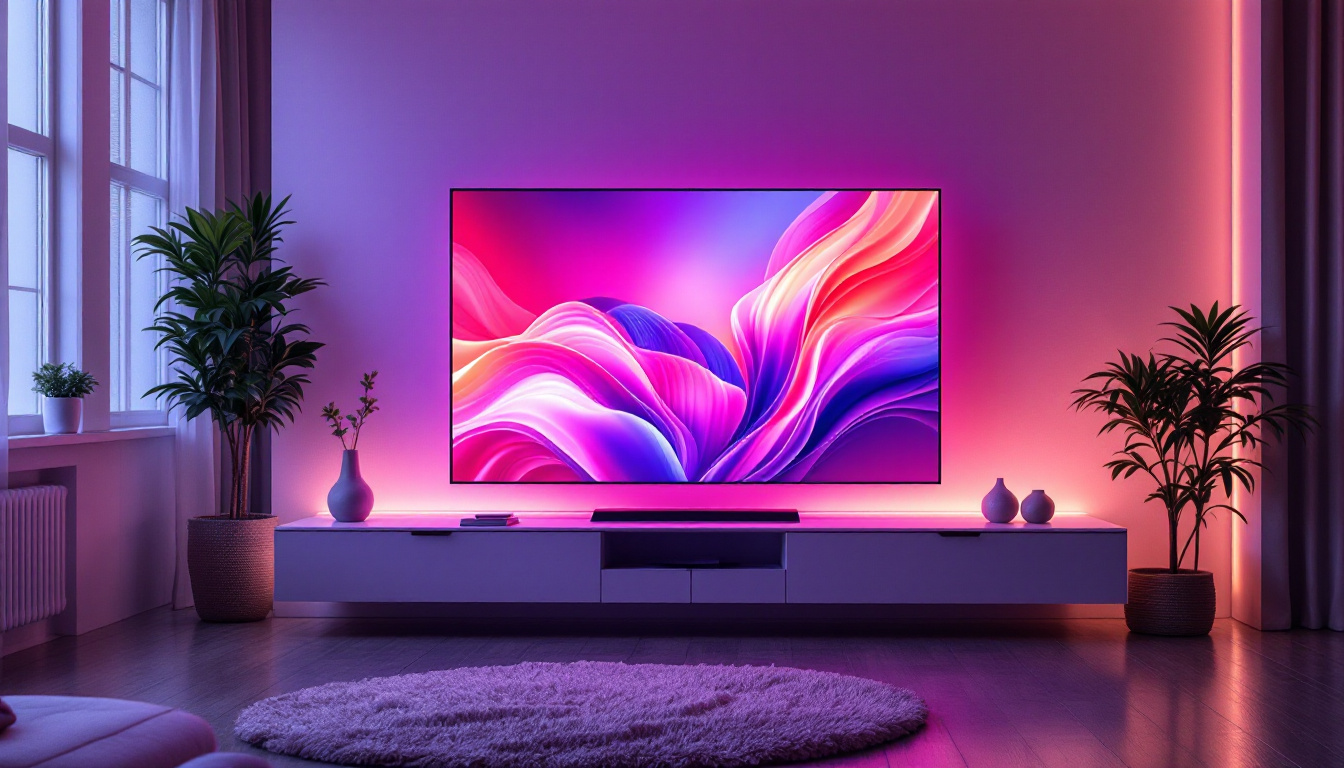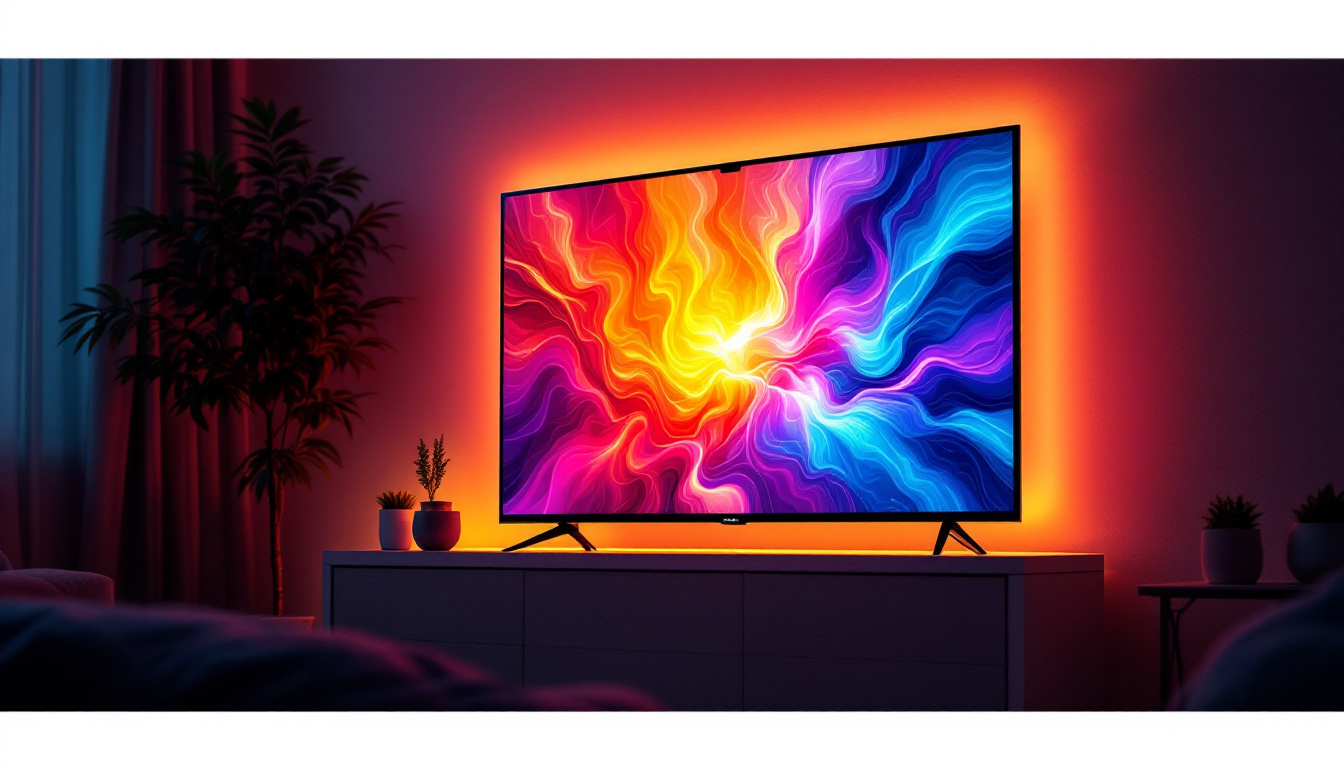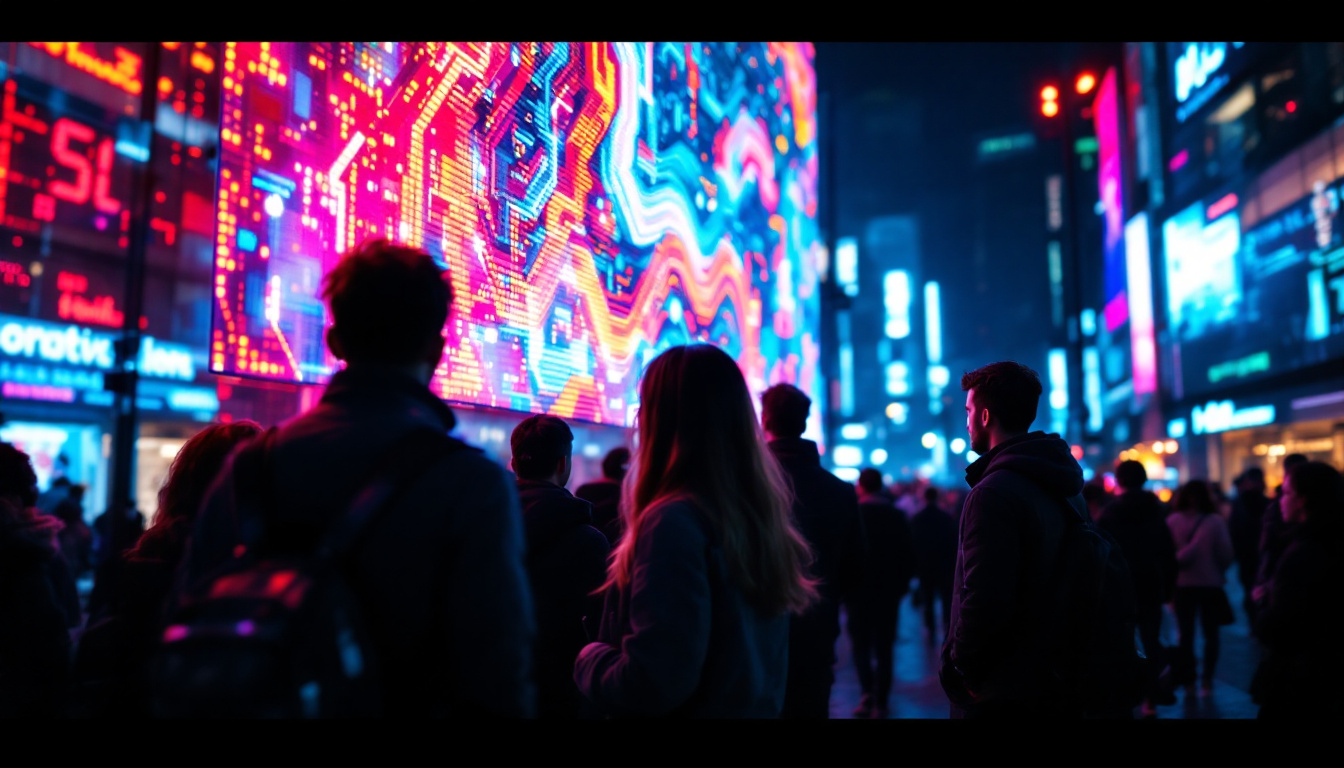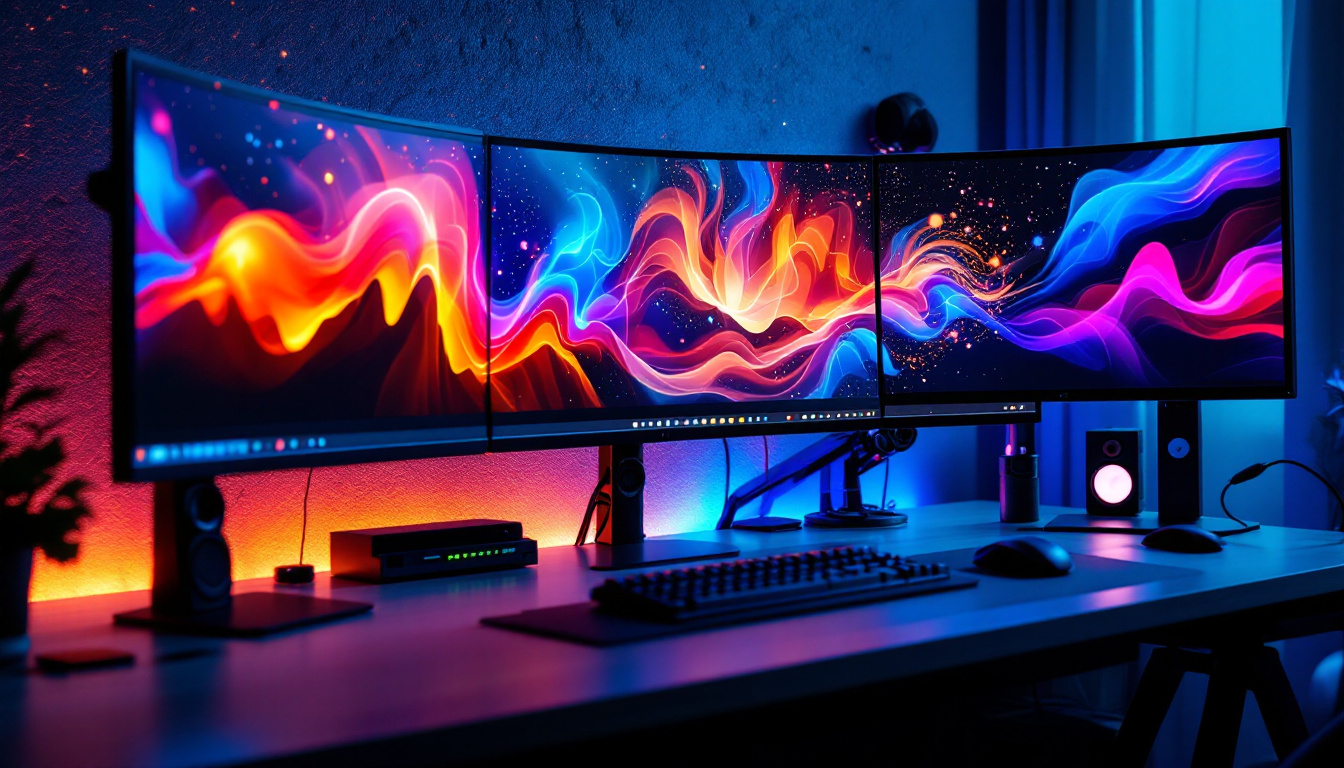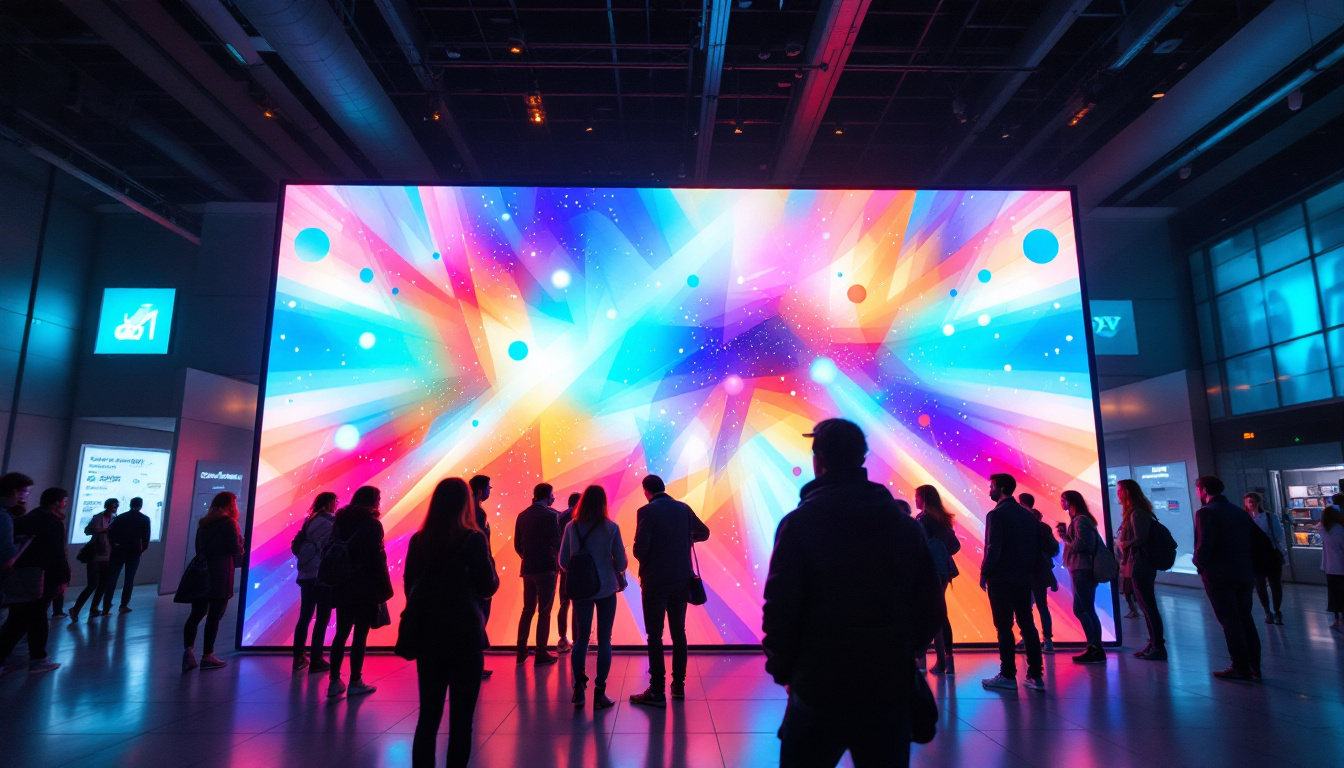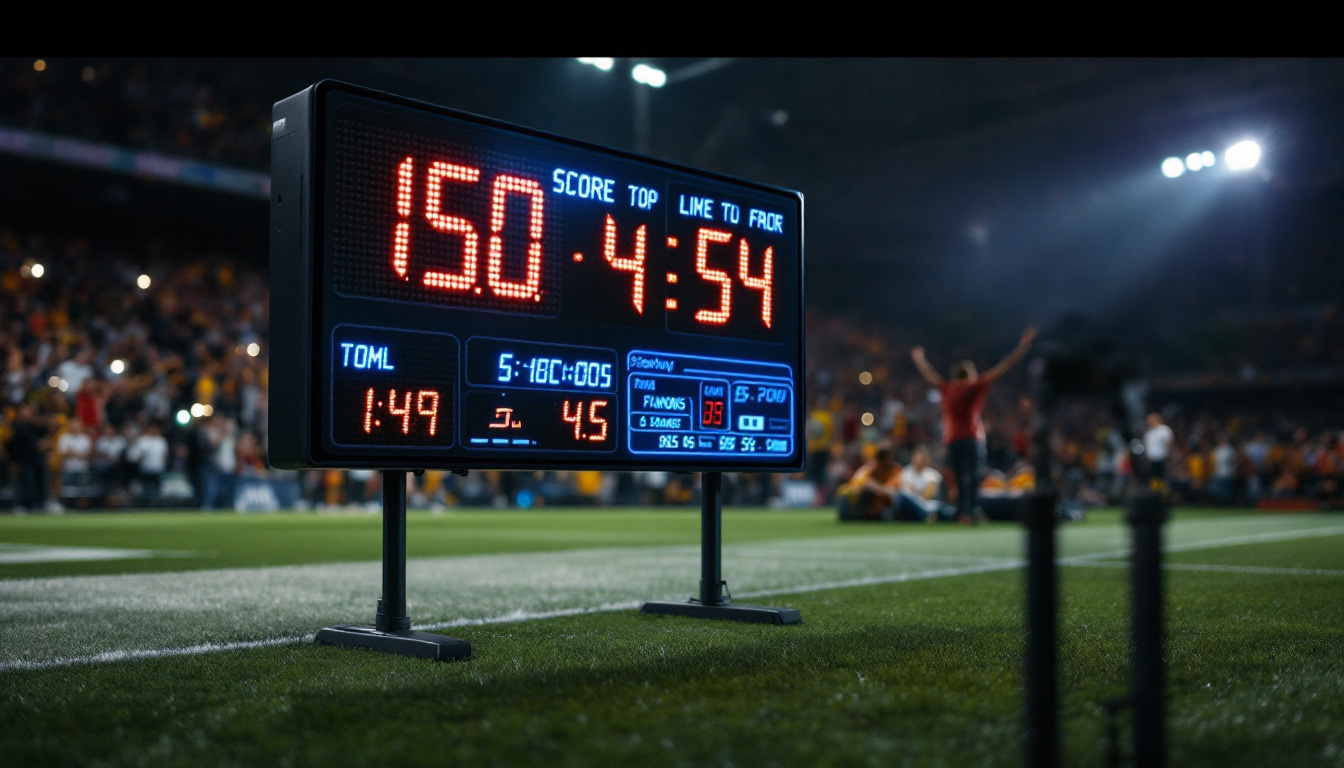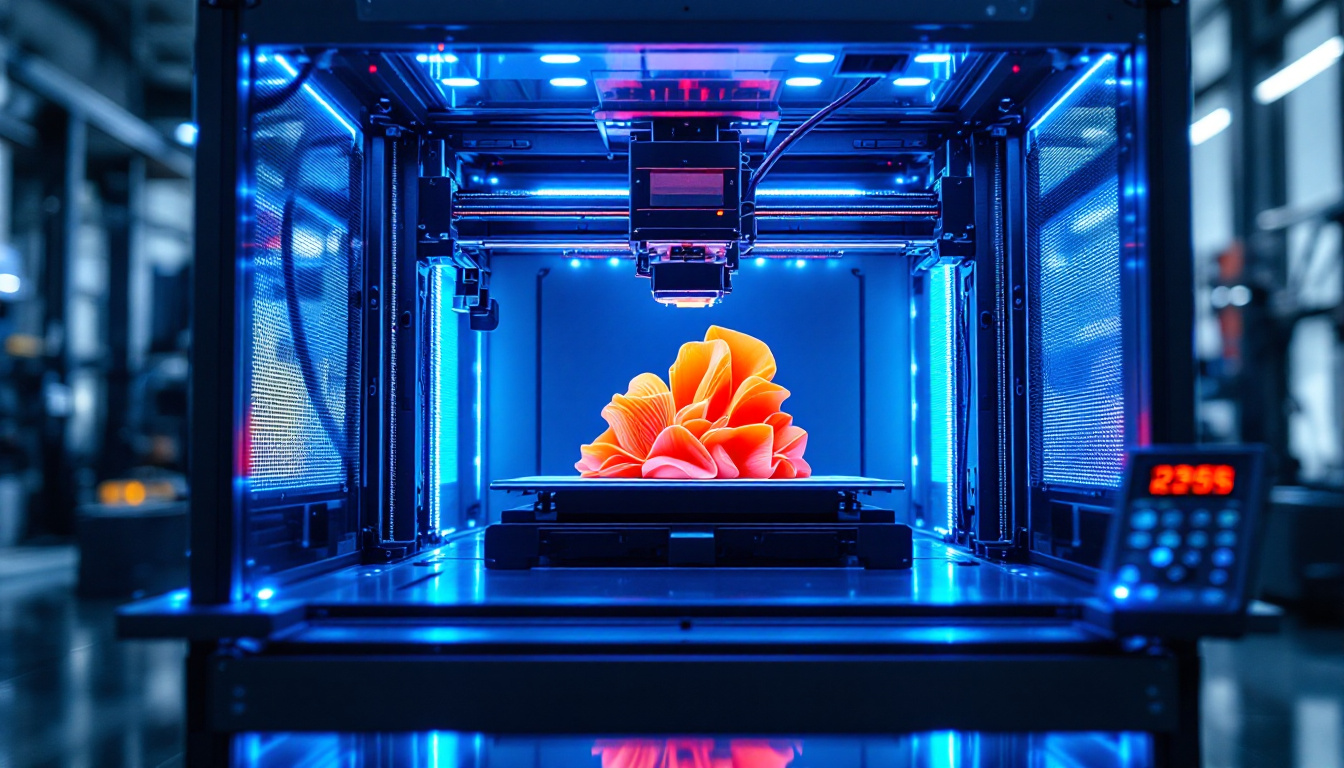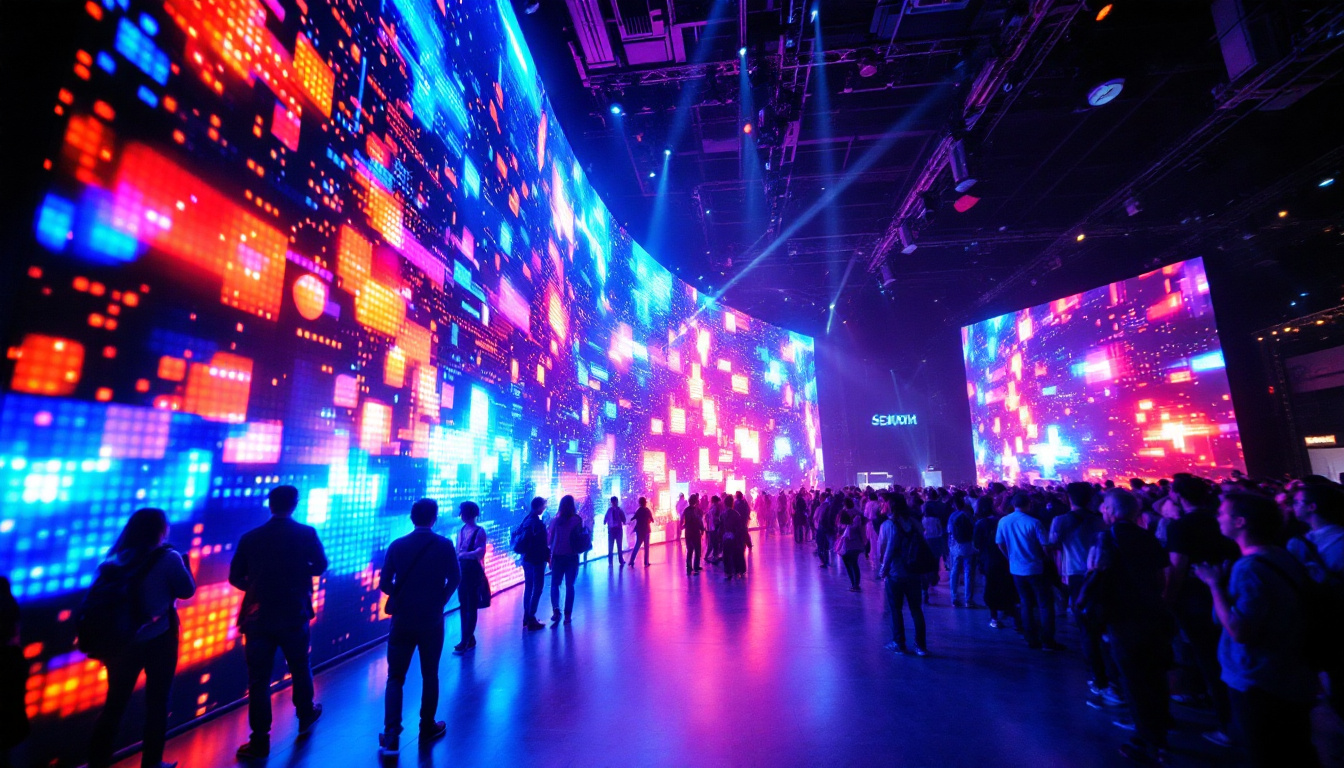In today’s fast-paced world, visual communication has become increasingly vital for businesses and organizations. One of the most effective tools for this purpose is the LED display, particularly in the form of hanging displays. These innovative solutions not only enhance visibility but also engage audiences in a dynamic way. This article delves into the intricacies of hanging LED displays, exploring their technology, applications, advantages, and considerations for implementation.
Understanding LED Technology
Light Emitting Diodes (LEDs) are semiconductor devices that emit light when an electric current passes through them. This technology has revolutionized the way displays are created and utilized, offering a range of benefits over traditional lighting methods. LEDs are not only energy-efficient but also have a significantly longer lifespan compared to incandescent and fluorescent lights, which contributes to reduced maintenance costs and environmental impact.
The Basics of LED Functionality
LEDs work on the principle of electroluminescence, where electrons recombine with holes within the device, releasing energy in the form of photons. This process allows for the creation of vibrant colors and high brightness levels, making LEDs suitable for various applications, including displays. The color of the emitted light depends on the materials used in the semiconductor; for instance, different combinations of gallium, arsenic, and phosphorous can produce a spectrum of colors, from deep red to bright blue.
In a typical LED display, thousands of tiny LEDs are arranged in a grid format. Each LED can be individually controlled to create images, videos, or text, resulting in a rich visual experience. The ability to manipulate each pixel independently is what sets LED displays apart from other technologies. This flexibility allows for dynamic content that can change in real-time, making LED displays particularly effective for advertising and information dissemination in public spaces.
Types of LED Displays
There are several types of LED displays, each designed for specific applications. Some of the most common include:
- Direct View LED Displays: These displays are made up of individual LED modules that can be combined to form larger screens. They are often used for outdoor advertising and large events, providing high visibility even in direct sunlight due to their superior brightness levels.
- LED Video Walls: Comprising multiple screens, LED video walls create a seamless visual experience. They are commonly used in control rooms, broadcasting studios, and large venues, where the need for high-resolution imagery and synchronized video playback is paramount.
- Transparent LED Displays: These innovative displays allow for visibility through the screen, making them ideal for retail environments where showcasing products is essential. By integrating transparent LED technology into storefronts, retailers can attract customers with dynamic visuals while still allowing them to see the merchandise behind the display.
Additionally, there are also flexible LED displays that can be bent or shaped to fit unconventional spaces, allowing for creative architectural designs and installations. These displays are gaining popularity in modern interior design and advertising, as they provide a unique way to engage audiences in both commercial and artistic settings. Furthermore, advancements in LED technology continue to push the boundaries of what is possible, with developments in organic LEDs (OLEDs) and microLEDs promising even greater efficiency and versatility in the future.
The Benefits of Hanging LED Displays
Hanging LED displays offer a unique combination of benefits that make them an attractive option for businesses seeking to enhance their visual communication strategies. Here are some key advantages:
Enhanced Visibility
One of the most significant benefits of hanging LED displays is their ability to capture attention. The bright, vibrant colors and high contrast ratios ensure that content is visible even in well-lit environments. This makes them ideal for locations such as shopping malls, airports, and trade shows, where competition for attention is fierce. The use of high-definition technology further amplifies this effect, allowing for crisp images and clear text that can be read from a distance, ensuring that messages reach a broader audience.
Space Efficiency
Hanging displays are an excellent solution for environments with limited floor space. By utilizing vertical space, businesses can effectively convey messages without sacrificing valuable ground area. This is particularly beneficial in crowded venues or areas with high foot traffic. Moreover, the flexibility in installation options allows these displays to be positioned at various heights, making it easier to tailor visibility based on the specific layout of the space and the target audience’s line of sight.
Dynamic Content Capabilities
Hanging LED displays can showcase a wide range of content types, from static images to dynamic videos and animations. This versatility allows businesses to tailor their messaging to different audiences and occasions, enhancing engagement and communication. Additionally, the ability to update content in real-time means that businesses can respond quickly to changing promotions, events, or announcements, ensuring that their messaging remains relevant and timely. This adaptability not only keeps the audience informed but also encourages repeat visits as customers are drawn back to see new content.
Furthermore, the integration of interactive elements, such as touchscreens or QR codes, can transform a passive viewing experience into an engaging one. Customers can interact with the display to learn more about products, access special offers, or participate in surveys, creating a more immersive experience that fosters deeper connections with the brand. This level of interactivity not only enhances customer satisfaction but also provides valuable data insights for businesses to refine their marketing strategies.
Applications of Hanging LED Displays
The versatility of hanging LED displays makes them suitable for a variety of applications across different industries. Here are some prominent use cases:
Retail Environments
In retail, hanging LED displays serve as powerful marketing tools. They can be used to highlight promotions, showcase new products, or create immersive brand experiences. By strategically placing these displays, retailers can guide customer behavior and increase sales.
Events and Exhibitions
At trade shows and events, hanging LED displays are often used to attract attendees and convey information. Their eye-catching visuals can draw people in, while providing essential details about products or services. Additionally, they can be used for live streaming or presentations, enhancing the overall event experience.
Transportation Hubs
Airports, train stations, and bus terminals benefit significantly from hanging LED displays. These displays can provide real-time information about arrivals and departures, wayfinding assistance, and advertisements. The ability to update content quickly ensures that travelers receive the most current information.
Considerations for Implementing Hanging LED Displays
While hanging LED displays offer numerous advantages, there are several factors to consider before implementation. Understanding these considerations can help ensure a successful deployment.
Location and Placement
The effectiveness of a hanging LED display largely depends on its location and placement. It is crucial to position the display where it can be easily seen by the target audience. Factors such as viewing distance, angle, and surrounding lighting conditions should be taken into account to maximize visibility.
Content Strategy
Creating engaging content is essential for the success of any display. Businesses should develop a content strategy that aligns with their goals and resonates with their audience. This may involve a mix of promotional material, informative content, and interactive elements to keep viewers engaged.
Maintenance and Support
Like any technology, hanging LED displays require regular maintenance to ensure optimal performance. Businesses should consider the availability of technical support and the ease of access for maintenance when selecting a display solution. Establishing a maintenance schedule can help prevent downtime and prolong the lifespan of the display.
Future Trends in Hanging LED Displays
The world of LED technology is continually evolving, and hanging displays are no exception. Several trends are shaping the future of this technology, offering exciting possibilities for businesses.
Integration with Smart Technology
As smart technology becomes more prevalent, hanging LED displays are increasingly being integrated with IoT (Internet of Things) devices. This allows for real-time data sharing and content updates based on factors such as audience demographics, weather conditions, or social media trends. Such integration enhances the relevance and effectiveness of displayed content.
Increased Customization
Customization is becoming a key trend in the display industry. Businesses are looking for ways to tailor their displays to fit their unique branding and messaging needs. This includes customizable shapes, sizes, and content formats, allowing for a more personalized viewer experience.
Environmental Considerations
With a growing emphasis on sustainability, manufacturers are focusing on creating energy-efficient LED displays. Innovations in LED technology are leading to lower energy consumption and longer lifespans, making hanging displays a more environmentally friendly option. Additionally, recyclable materials are increasingly being used in the production of these displays.
Conclusion
Hanging LED displays represent a powerful tool for visual communication in various settings, from retail to transportation. Their vibrant visuals, space efficiency, and dynamic content capabilities make them an ideal choice for businesses looking to engage their audiences effectively. However, careful consideration of factors such as location, content strategy, and maintenance is essential for successful implementation.
As technology continues to evolve, hanging LED displays will likely become even more integrated with smart solutions and customized to meet the unique needs of businesses. Embracing these advancements can lead to enhanced communication strategies and improved customer engagement, ultimately driving success in an increasingly competitive landscape.
In summary, the future of hanging LED displays is bright, and businesses that leverage this technology can expect to see significant benefits in their visual communication efforts.
Discover LumenMatrix’s Innovative LED Display Solutions
Ready to elevate your visual communication strategy with cutting-edge LED technology? LumenMatrix is at the forefront of LED display innovation, offering a diverse range of solutions tailored to your needs. From captivating Indoor and Outdoor LED Wall Displays to dynamic Vehicle and Sports LED Displays, and even customizable options like Floor and Transparent LED Displays, we have the tools to bring your brand to life. Experience the transformative power of our All-in-One LED Display solutions and see how we can help you create unforgettable visual experiences. Check out LumenMatrix LED Display Solutions today and start making a lasting impression!

